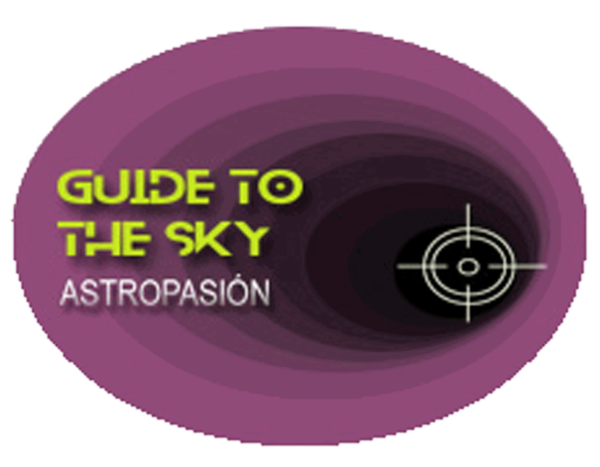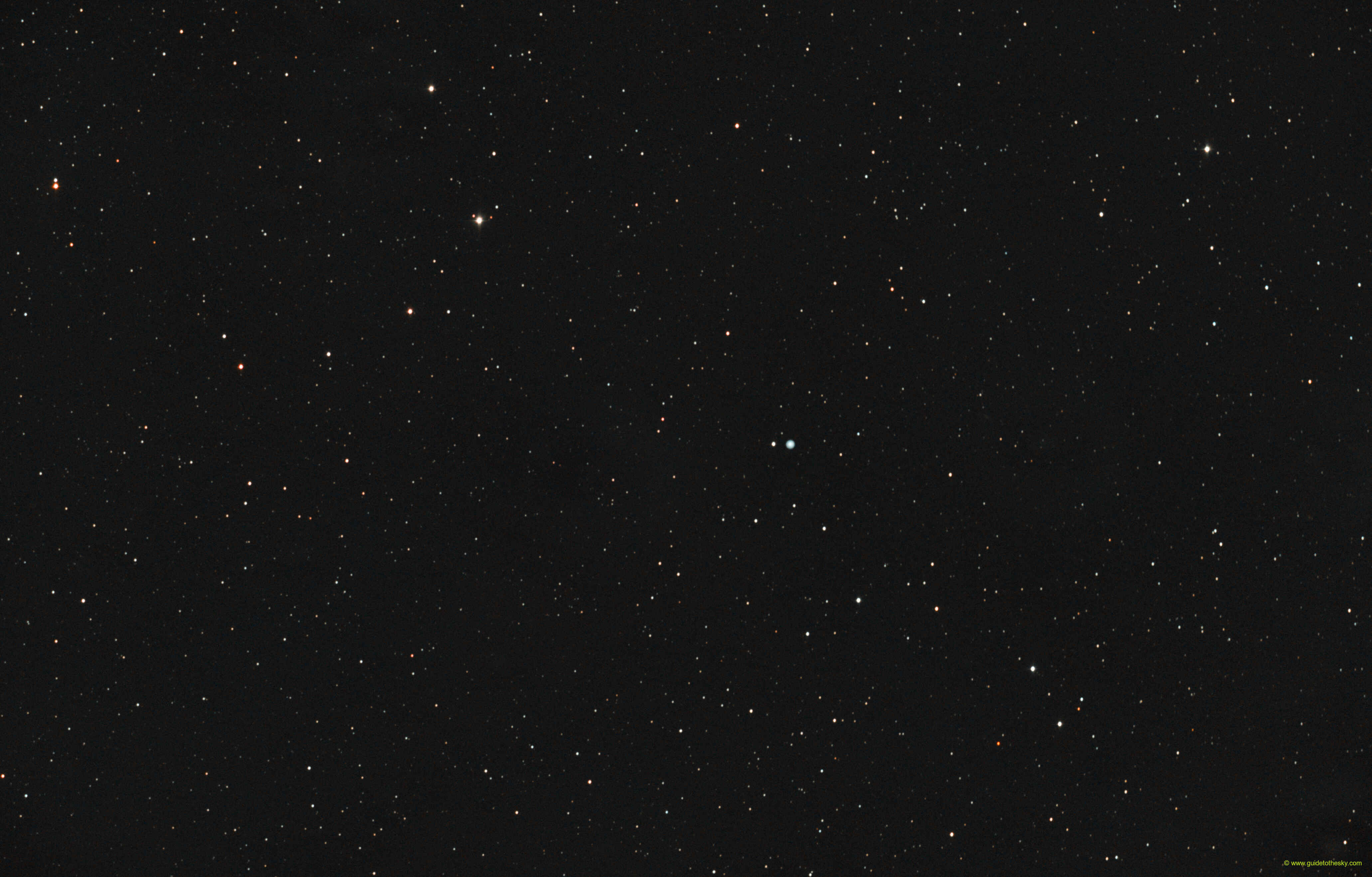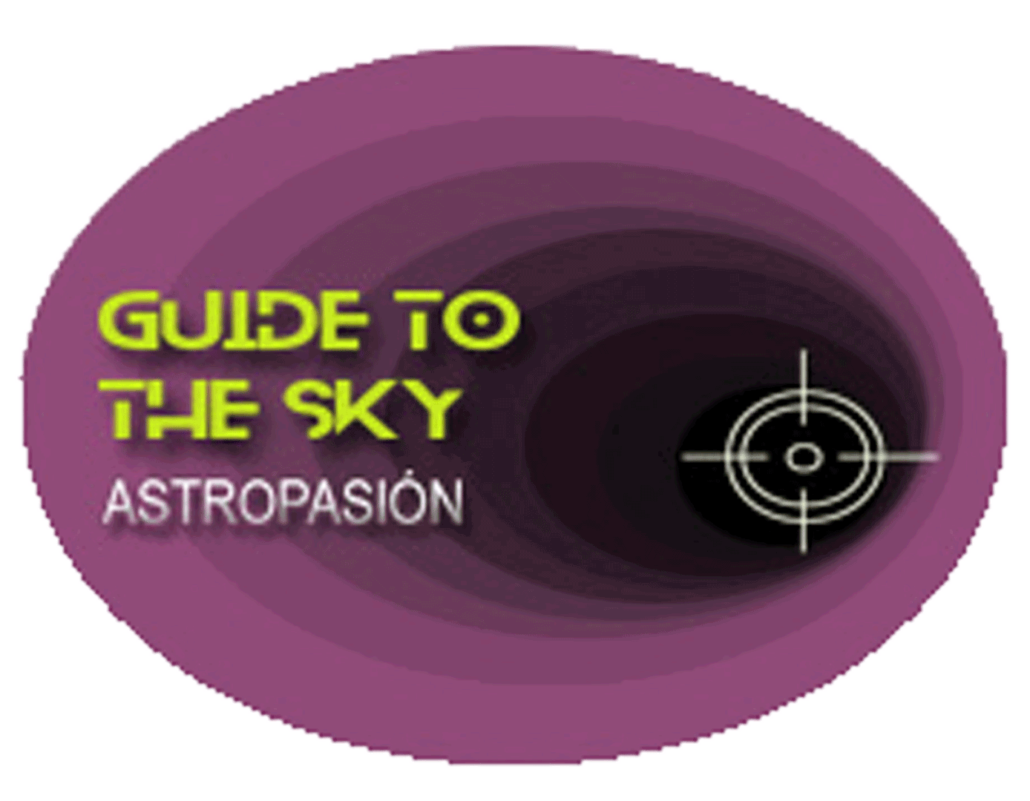NGC 2392 - Gemini
Es una nebulosa planetaria azul de la {{ object[0].NGC2392.visualMagnitude }} magnitud que brilla desde {{ object[0].NGC2392.mesDistances[0].dist }} {{ object[0].NGC2392.mesDistances[0].unit }}. NGC 2392 está formada por material expulsado por una estrella de la 10.5 Magnitud que brilla en su centro. Dicha estrella, expulsa sus capas exteriores en diferentes fases, lo que genera los anillos concéntricos que conforman esta nebulosa.
Deberia poder apreciarse mediante la astrofotografía de mayor aumento, una capa externa perteneciente al primer material eyectado, dicha capa envuelve una sección interior más densa formada por otras capas en material de la estelar expulsados más recientemente. Es esta estructura concéntrica la que le ha valido el nombre de Eskimo Nebula o más bien la Nebulosa del la cara de Payaso.
NGC2392 - Nebulosa del esquimal - en la IA
NGC 2392 is a fascinating and well-known object in the night sky! Here's a breakdown of what you should know about it:
What is it?
- Name: NGC 2392 (New General Catalogue number 2392)
- Common Names: Eskimo Nebula, Clownface Nebula
- Type: Planetary Nebula
- Constellation: Gemini
Key Characteristics:
- Appearance: It's a roughly circular nebula with a bright central star. The name "Eskimo Nebula" comes from the way it looks through a telescope. The bright central region resembles a face, while the outer ring of nebulosity looks like a fur parka hood. The "Clownface Nebula" is another descriptive name due to its peculiar appearance.
- Structure: The nebula is actually quite complex. It consists of multiple shells of gas ejected by the central star over time. These shells interact with each other and are shaped by the star's strong stellar wind.
- Central Star: A very hot, blue-white star nearing the end of its life. It's responsible for ionizing the gas in the nebula, making it glow. This star is destined to become a white dwarf.
- Distance: Estimated to be about 5,000 light-years away from Earth.
- Size: The nebula itself spans approximately 1/3 of a light-year.
- Age: Planetary nebulae are relatively short-lived on cosmic timescales. The Eskimo Nebula is estimated to be only a few thousand years old.
Formation and Evolution:
NGC 2392 represents a stage in the evolution of a Sun-like star. Here's how it forms:
- Red Giant Phase: The star, initially similar to our Sun, runs out of hydrogen fuel in its core. It expands dramatically into a red giant.
- Ejection of Outer Layers: The star becomes unstable and begins to shed its outer layers of gas and dust. This material forms the nebula.
- Core Exposure: As the outer layers drift away, the hot core of the star becomes exposed.
- Ionization: The hot core emits intense ultraviolet radiation, which ionizes the gas in the nebula, causing it to glow brightly in various colors (especially red and green, due to hydrogen and oxygen emissions).
- White Dwarf: Eventually, the central star cools down and fades, becoming a small, dense white dwarf. The nebula will gradually dissipate into space.
Observing NGC 2392:
- Telescope Required: A telescope is needed to see the Eskimo Nebula. Smaller telescopes will show a fuzzy, greenish disk. Larger telescopes (8 inches or more) can reveal some of the intricate details and the ring-like structure.
- Location: Gemini constellation. It's best observed during the winter months in the Northern Hemisphere.
- Finding it: Star charts or astronomy apps can help you locate the nebula using nearby bright stars as reference points.
Why is it important?
Planetary nebulae like NGC 2392 are valuable for understanding stellar evolution and the chemical enrichment of the interstellar medium. The elements created in the cores of stars are returned to space through these nebulae, providing the raw materials for new generations of stars and planets.
In short, NGC 2392 (the Eskimo Nebula) is a beautiful and fascinating example of a star nearing the end of its life, shedding its outer layers to create a colorful and complex planetary nebula.
Más información sobre NGC 2392 en NASA/IPAC.
Mapa alrededor de NGC 2392
Otros identificadores de NGC2392:
"TIC 60947424" ,"MITG J072911+2054" ,"TGSSADR J072911.0+205438" ,"GLEAM J072911+205434" ,"GB6 B0726+2100" ,"HIP 36369" ,"Gaia DR3 865037169677723904" ,"PLX 1765" ,"87GB 072613.0+210045" ,"AG+21 821" ,"BD+21 1609" ,"BWE 0726+2100" ,"CSV 100874" ,"DO 13050" ,"EM* CDS 689" ,"GCRV 4981" ,"GSC 01372-01287" ,"GSC2 N2230330598" ,"HD 59088" ,"HIC 36369" ,"IRAS 07262+2100" ,"IRAS F07262+2100" ,"LJHY 81" ,"NGC 2392" ,"NSV 3604" ,"NVSS J072910+205441" ,"PK 197+17 1" ,"PN G197.8+17.3" ,"PN ARO 24" ,"PN VV' 63" ,"PN VV 38" ,"PPM 97562" ,"SV* ZI 631" ,"TYC 1372-1287-1" ,"WB 0726+2100" ,"2MASS J07291076+2054424" ,"PLX 1765.00" ,"AKARI-FIS-V1 J0729106+205450","WEB 7237" ,"Gaia DR2 865037169677723904" ,"HIDDEN NAME Eskimo Nebula" ,"HIDDEN NAME Clown Nebula" ,"1eRASS J072910.7+205444" ,


